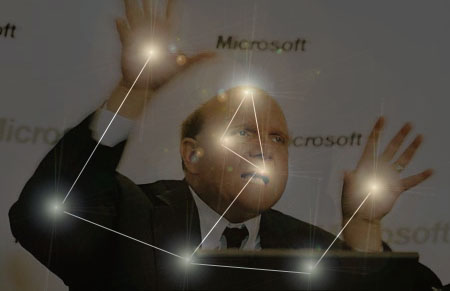Let’s push it from the top down -
After Microsoft received good input from reviewers with the ZuneHD about the user interface they began considering it for their next generation phone OS. This was a good idea considering the UI was quick and easy to navigate. However, this is Microsoft we are talking about and they took this one step farther and dropped in their live tiles. This (in many people’s opinion) made the OS look childish. It took away the sleek and clean look of the Zune OS and made it something else. On top of the UI changes Microsoft also had artificially limited the hardware that it could run on. Microsoft failed to get Windows Phone to work in the market and even with improvements to both the OS and the hardware it can run on Windows Phone has still not taken the world by storm.
So what do you do if you have a UI that is not working with consumers? If you are anyone but Microsoft you consider changing it so that you give consumers what they want. Instead Microsoft decided to try a reversed approach. They would change everything else to match Window Phone and force it into the consumers’ hands. They did this on the back of some ambiguous data that stated people wanted the same experience on their desktop, tablet and phone. The fact that Microsoft misunderstood this information is not surprising as they read it the way they wanted to.
Microsoft decided to try and build an entire ecosystem off of a failed phone OS and have pushed it all the way into their server products as well. Ballmer was trying to recapture the glory days when Windows NT 4.0 and 95 stole the market away from companies like Novel. The problem is that the change was not wanted or welcome like it was with NT and 95. Even the push for the Modern UI on the Xbox was greeted with negative feedback. The only piece of the puzzle that received a warm reception was their Smart Glass concept which they worked hard to kill by removing Blu-ray and DVD playback from Windows 8 (without a $100 upgrade). Microsoft clearly saw the Xbox as the center of the media experience and everything else would link in and playback. Everyone else would tie in with their new cloud services like Xbox Music and Movies. Never mind the little problem that the Xbox 360 does not have a Blu-ray player and that not everyone uses their gaming console as a media hub. Microsoft chose to ignore feedback and data that Windows 7 with Media Center was one of the most used operating systems for home theater PCs.
Microsoft’s PR and Marketing can try to spin their reversal as simply responding to user feedback, but as they chose to ignore almost a year’s worth of feedback before the launch of Windows 8 and RT the claim rings very hollow. Their move to try and reclaim consumer acceptance is nothing more or less than an admission of failure with Modern UI on the desktop and laptop. The problem they are now facing is that simply bringing back the start button and the desktop “first” is not going to pull them out of the hole they are in. They must make some larger changes than these if they hope to tray and salvage Widows 8 and RT. We hope that Ballmer and crew are able to see this and will make these changes with Window 8.1 so that things can get back to normal. If not they may be “reacting to customer feedback” again in a few months.
Tell us what you think about this in our Forum




